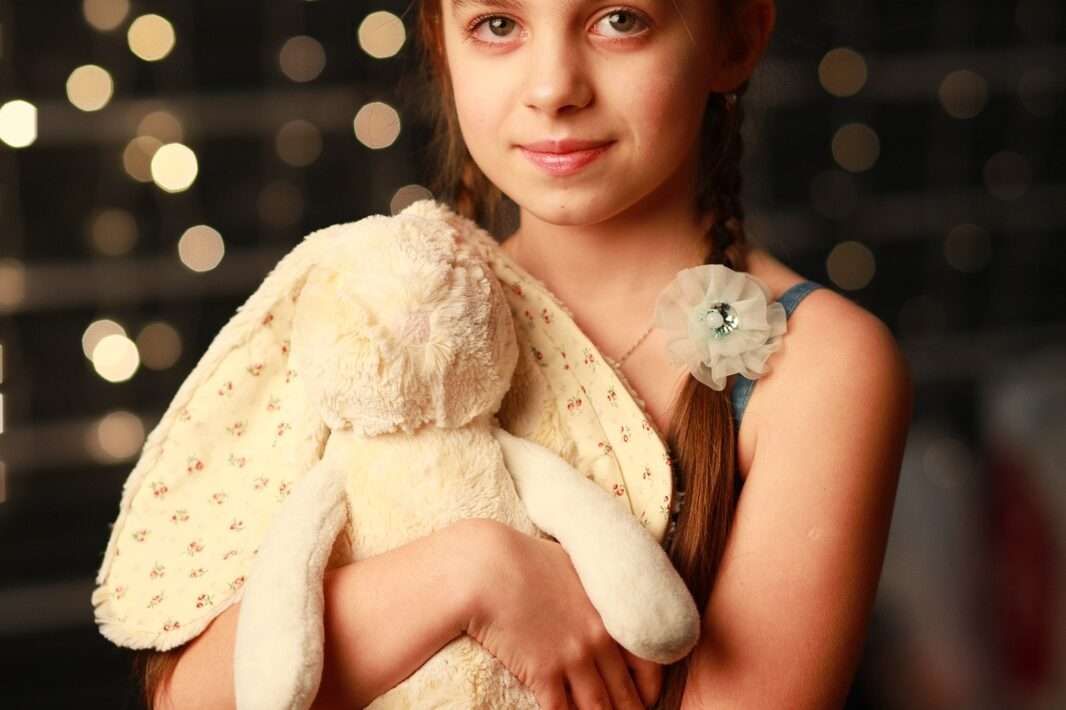Introduction
A few activities to encourage people to consider the nature and power of humour and to look at the necessity and danger of humorous stereotypes.
Process
1. In small groups, investigate some of the following:
- What makes each of us laugh/smile?
- Are there many different things?
- Does it depend on mood? situation? company?
- Do we laugh at things we are afraid of or don’t know anything about?
- Is it easy/difficult to make others laugh?
- How do you make others laugh?
2. Ask each group to prepare something for the other groups. The aim is to make them laugh. They may prepare a story, a drawing, a drama, anything as long as it makes people laugh. After some planning time, give each group the opportunity to make the others laugh.
Following this, have a discussion on how each group made decisions about what to do and whether they were successful. Get people to consider what factors they took into account, for example, type of audience, how well they know each other, etc.
3. Ask people to form pairs. Firstly alone, using a sheet of paper, get them to think of a time when they found something really funny. Ask them to analyze it. Why they found it funny? What was it actually about? They should then turn the paper over and think of a time when they didn’t find something funny at all, but they still laughed or smiled or joined in with the joke. This time they should analyze: why didn’t they find it funny? why did they still laugh/smile? who else was there? Encourage people to be honest with this, even if it quite difficult. (Many people may well claim.at first not to be able to think of any situation like this. If they cannot, ask them to think of a situation where they found something funny and others clearly didn’t). They should then share these two situations with their partner and discuss them a little further.
Back in the large group, ask people not to share the situations but any general reflections on what this showed about humour.
4. Many jokes and people’s abilities to find things humorous depend on knowing the person or understanding the situation or belonging to a certain group of people. Much humour makes little sense to those who are not ‚in‘ on them.
In small groups, ask people to do the following:
Firstly, consider:
What are in jokes? How people not ‚in‘ react to them?
What do the mass media have to do to make us laugh at the same time at the same thing?
(Consider studio audiences, canned laughter, stereotypes, etc.)
Secondly, ask people to watch some TV entertainment programmes or listen to radio DJ’s. Read some cartoons. Look at advertisements. Then list some of the stereotypes that are frequently used.
Thirdly, ask groups to consider that stereotypes must be finstantly recognisable and allow for no individual differences. Think about hospital nurses, upper class women, radical trade union leaders,. gay men and lesbians or any other groups that you have thought of. Then encourage them to discuss the following:
- How real are the stereotypes?
- Why do you think that they started?
- Why are stereotypes sometimes very useful?
- How would you feel if you were a member of the group talked about in this way? Or, if a member of your family was?
- How would you be affected if you didn’t know anyone who was a member of that group?
- How might you react if you met or heard of someone in that group after years of listening to the stereotype?
- Why are some groups singled out for more jokes than others?
- Why is it more worrying when jokes are directed at a whole community, rather than rich people or those doing a specific job, like politicians?
Fourthly, ask groups to choose one group who are shown in a fairly negative, stereotypical way. Ask them to collect examples of these stereotypes together. They should consider how these stereotypes happened. They should think about how members of this group might feel about it. They could even ask members of the group or read things from members of the group to see how they feel. They could think about whether anything could, or should, be done to try to alter the stereotype.
After some time working on this in small groups they should present/demonstrate their findings to the large group.
Some discussion should take place comparing the types of stereotypes, and reactions to them, as well as possible strategies for changing them.
Conclusion
One or all of these activities could be used. Their purpose is to get people to think a little bit more about whether some ‚harmless fun‘ really is so harmless if it is directed at certain individuals or groups. It also highlights how humour can be used as a propaganda weapon. Becoming conscious of it, and trying to minimize its harmful effects, is something very practical that all individuals can do. Any work on vulnerable groups, respecting difference and conflict can benefit from some attention to humour.

